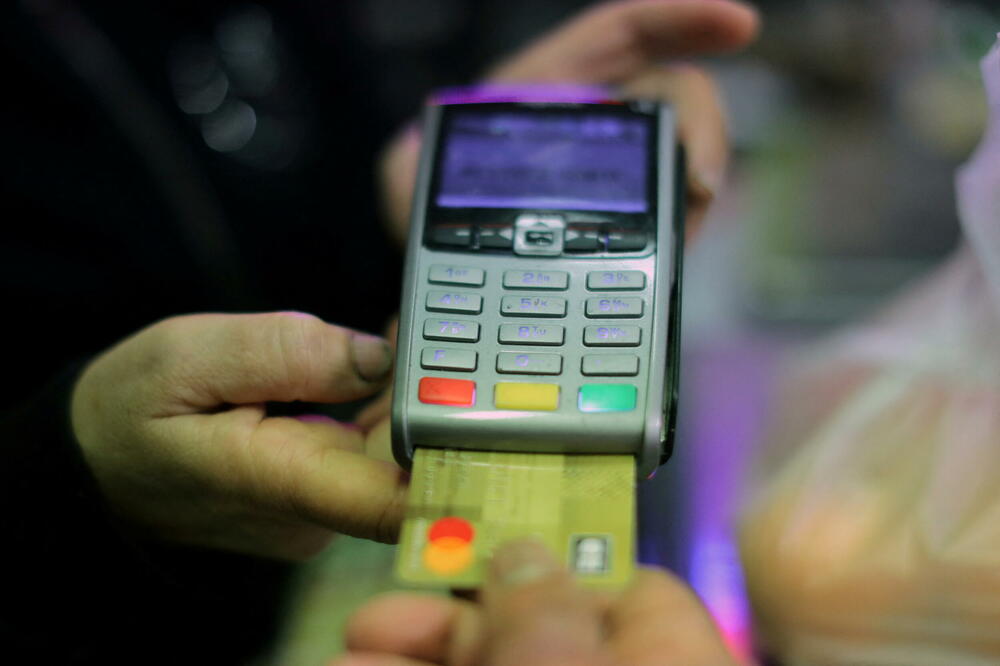In front of me, at the cash register, an elderly lady is concentrating on counting cents. Copper and silver coins lie on her left palm, while she counts them slowly with the index finger of her right hand. I'm testing my own patience, but I'm ready, bank card in hand waiting to be "ironed". Only a meter or two to the left of us, three twenty-year-old men are "processing" several self-service cash registers lined up along the wall.
They have "repeated" mobile phones and use them to pay for products they picked up from the shelves within a few seconds. Different temporalities. On just a few square meters, modernity was staged, in which diverse micro monetary practices are suppressed. Cash payments, card transactions and digital pay applications linked to credit accounts via mobile phones do not displace each other.
Rather, they complement and support each other in the system of financial-banking capitalism. Affinities and tendencies that are often, but not necessarily, generationally marked and manifest in the diversity of social rituals and practices, are the least important. For the system, the only important thing is that you pay, however you can, know and know how.
A strong lobbying initiative for the abolition of paper/coin money and the transition to exclusively cashless payment for goods and services is well known. Sweden and Denmark are leading the way in this, and have been announcing the abolition of cash for a long time, allegedly by the end of this decade. It is indicative that in 2020, the share of all monetary transactions made with bank cards or other forms of non-cash payment (PayPal, Bitcoin, Apple Pay, etc.) in Sweden amounted to as much as 82 percent.
In Croatia, the opposite is true: 82 percent of sales transactions that year were made with cash. Even Germans, rather fetishistically attached to cash, paid to a greater extent with cards and other forms of cashless financial exchange: 56 percent. In discussions about the near future without banknotes and coins, the social dimension of that story is too often and too easily forgotten. Who, due to economic-political and social-class reasons, will remain excluded from the "game" of cashless payments? What will be the social consequences?
As expected, libertarian-minded individuals and the media only highlight the flawless "transparency" of the financial and tax system, which should supposedly be enabled by the exclusively card-based and cashless business model. Of course, that won't happen.
It is also kept silent that the technical intermediary function in cashless payment, which is expanding at an incredible speed in the USA, or the aforementioned Scandinavia, strengthens - not only economically - but monopolistically positioned megacorporations in the markets of digital technologies. Thus, we are further pushed in the direction of dependence on goods and services that are owned by only a few corporate and banking giants.
Bonus video:




